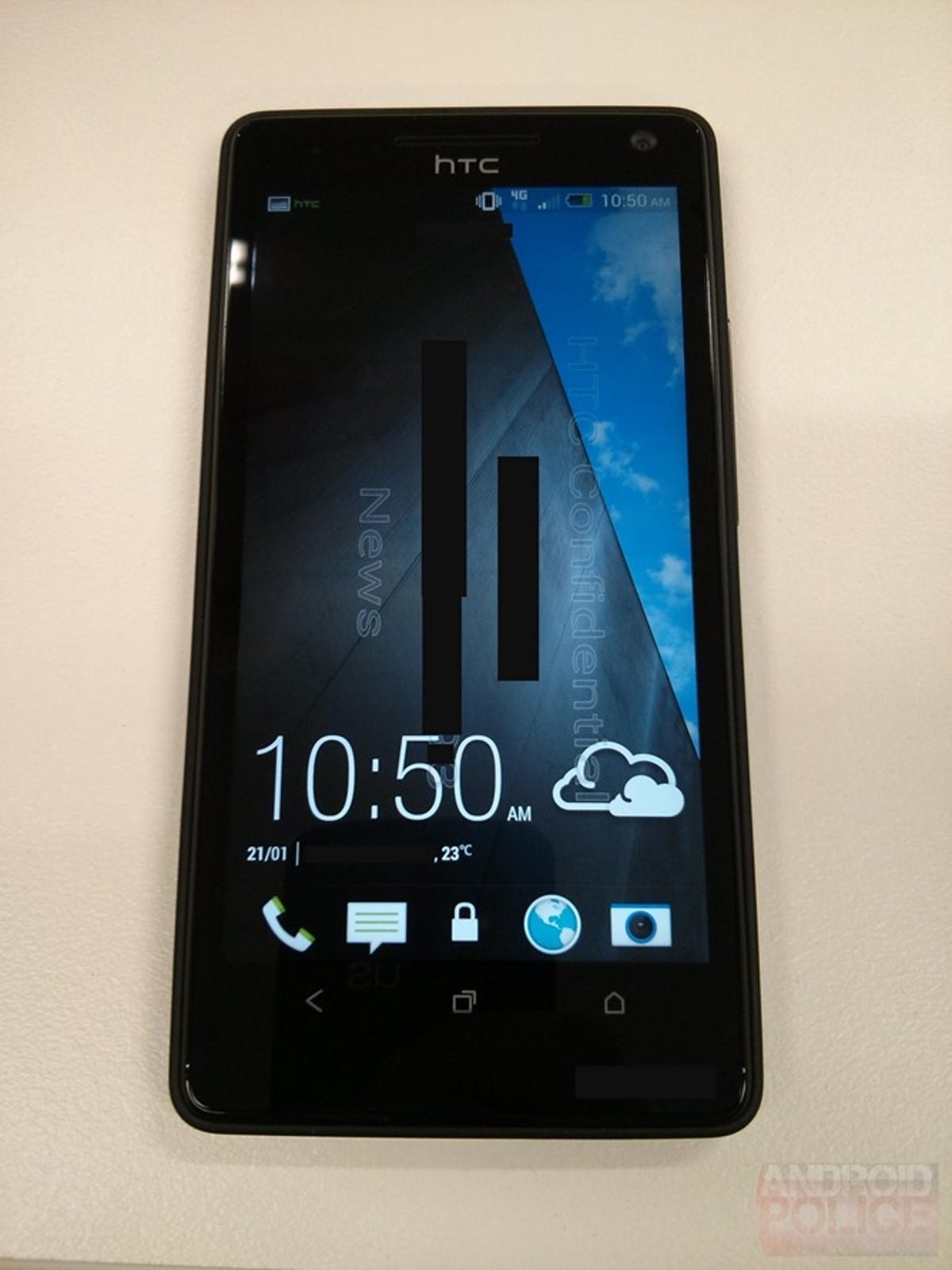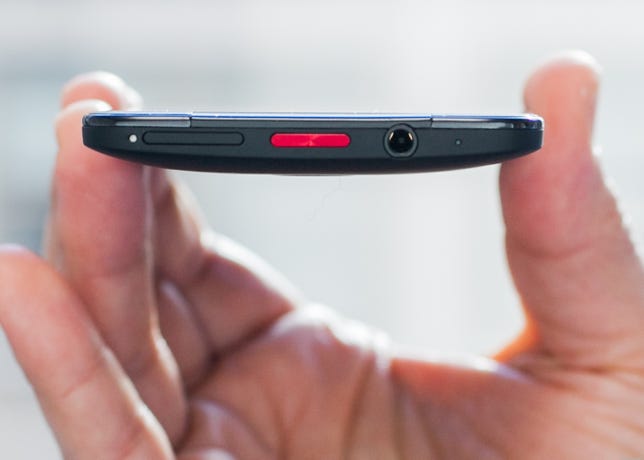commentary Dear HTC, I have been a fan of your hardware since my time with the T-Mobile MDA back in 2007. When you became the first company to produce an Android smartphone (T-Mobile G1), I upgraded my loyalty status to “die-hard” and enjoyed releases such as the T-Mobile myTouch 3G, HTC Hero, and HTC Evo 4G.
With relatively few companies competing in the Android space in the first few years, I could not see myself going with any other brand. Between 2007 and 2011, my wife and I owned nothing but HTC products. Sadly, neither of us owns anything you make today.
Related stories
- Can HTC regain the Android throne?
- HTC disappoints with financial results, forecast
- HTC: Here’s how we’re going to get back into the game
Look, it isn’t because I don’t like your designs or hardware choices; I actually love them. The problem, really, is that I don’t want to commit to a specific carrier in order to get the handset that is right for me.
I’m going to let you in on a little secret: the age of exclusive smartphones is over. Generally speaking, consumers do not want to switch wireless providers. No, today’s customers want to choose the best handset available from their current carrier. Unfortunately, you seem to be just a step behind some of the other device makers when it comes to your Android phones. At least that seems to be the case in the United States.
To be fair, I think you did a much better job in 2012 than in 2011. The One series is a fantastic family of phones and I secretly admire your work on the Windows Phone front. I’ll even admit that I very briefly weighed switching to AT&T for the One X. What kept me from jumping ship? I knew that Samsung would soon debut the Galaxy S3 and that I would not have to leave my carrier. In speaking with a few friends and associates, I found that I was not alone.
I’m not here to harp on your or to say that your days are numbered. You see, I am rooting for you to return to the position you once held in the smartphone industry. You’re more than capable of hitting a home run in 2013, and I am going to tell you how to do it.
Develop amnesia
The absolute first thing you need to do is act as if the last three years didn’t happen. Don’t even acknowledge that you’ve been on a slow decline or talk about a resurgence. Get out there and beat your chest, unveil a new device, and tell the world it’s the best thing going.
Maybe a few fanboys and fangirls will argue over your processor or removable versus embedded batteries, but so what? The general consumer often doesn’t know to even ask these sort of questions. Ask Apple. Ask Samsung.
Scream from the rooftops about how the soon-to-be-official M7 is this year’s must-have smartphone. Speaking of which…
Spend more to make more
I definitely recommend that you open up the wallet much wider this year. Gotta spend money to make money, right? Blanket the airwaves with new ad campaigns promoting your new flagship handset and get people talking about it. Don’t rely on the carriers to tout your phones because that goes back to the whole idea of exclusivity. The last thing you need is consumers thinking that there is only one place to go for that hot new phone.


Android Police
One form factor, all carriers
This next bit of advice is the most important, so pay close attention. You absolutely must adhere to a single design and experience for your next big Android announcement. No variation whatsoever. Your phone must be presented as one high-end experience that can be tied to any wireless provider. You did it with your Windows phone, and you can do it again with Google’s OS.
Word on the street is that you’re bringing the M7 to the top three carriers and that T-Mobile USA is potentially in the mix. Make this happen. You saw what this did for Samsung with the Galaxy S3, right? It doesn’t matter if you forgo the microSD card, employ a nonremovable battery, or use physical buttons. Just release one design and stick with it.
Once you announce the new flagship device you need to make sure it’s ready to hit the streets as soon as possible. None of this business with releasing an international unlocked model first and then hitting the United States four months later. Launch the device with all major carriers within the month. Scramble a little. After that, you sit back a bit and relax. Seriously.
And I’d better not hear about a slightly improved version six months later, like you did when you brought forth the One X+. We’re trying to condition buyers to anticipate the big, annual release. You can’t do that if you continue to muddy waters with phones that look and sound similar.


Sarah Tew/CNET
Stop confusing
You guys admitted that 2011 was too confusing to consumers as there were multiple iterations of the same phone. What did you learn from the various Sensation models? Apparently not much. The HTC One S, V, X, SV, VX, XL, X+? Really? Look, I follow the Android space quite closely and even I have a hard time remembering the differences between the Sony Xperia S, P, U, V, T, TL, Z, ZL, and J. Your situation is worsened by carrier deals and exclusives. At least Sony has largely shied away from the U.S. market. Drop the silly suffixes and call your new handset the HTC Something-Or-Other and leave it be. All successive models need a standalone name as well.
The great thing about this ever-shifting landscape is that people have very short memories. More importantly, we don’t have endless supplies of money. This means that many of your early Android buyers may still be holding onto their first smartphone. What are you going to do? Let them consider another handset maker this year? No, you’re going to be there with your arms outstretched, telling them you have the best thing to come along in years.
With much admiration and respect,
Scott Webster, former HTC fanboy No. 1
HTC Droid DNA (Verizon Wireless)



